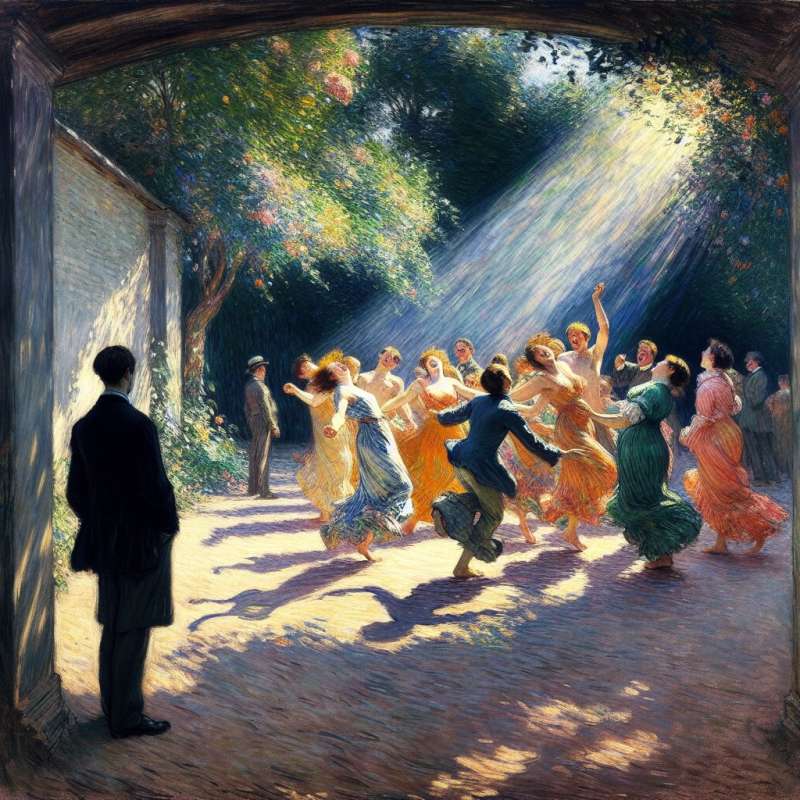
Impressionism: An Introduction
Impressionism revolutionized painting, focusing on light's effect on subjects. It rejected rigid traditionalism, embracing fleeting visual impressions, and set the stage for modern art.
Claude Monet, Pioneering Artist
Monet's 'Impression, Sunrise' (1872) gave the movement its name. He emphasized spontaneous, loose brushwork, capturing light and atmosphere in revolutionary ways.
Édouard Manet's Radical Role
Often confused with Monet, Édouard Manet played a crucial role. His earlier works, like 'Luncheon on the Grass' (1863), defied norms and paved the way for Impressionism.
Impressionism's First Exhibition
In 1874, a group of artists held their own exhibition in Paris. This unconventional showcase was scorned by critics but marked the birth of a vibrant art movement.
Renoir and Degas' Contributions
Pierre-Auguste Renoir and Edgar Degas brought distinct styles to Impressionism. Renoir's lush, joyous scenes contrasted with Degas' somber, introspective depictions of urban life.
Berthe Morisot: Unsung Heroine
Among the founding Impressionists, Berthe Morisot was pivotal. Her work is a testament to women's often overlooked contributions to the movement's development.
Impressionism's Lasting Influence
Impressionism's legacy is invaluable. It broke artistic conventions, influencing countless movements, from Post-Impressionism to Abstract Expressionism, shaping the trajectory of modern art.Van Gogh's Lithium Sky
Van Gogh's famous swirls in 'Starry Night' have been scientifically linked to the turbulent patterns of fluid dynamics, a concept not formally understood until years later.
What was Impressionism's primary focus?
Historical events depiction
Light's effect on subjects
Detailed religious imagery
Company